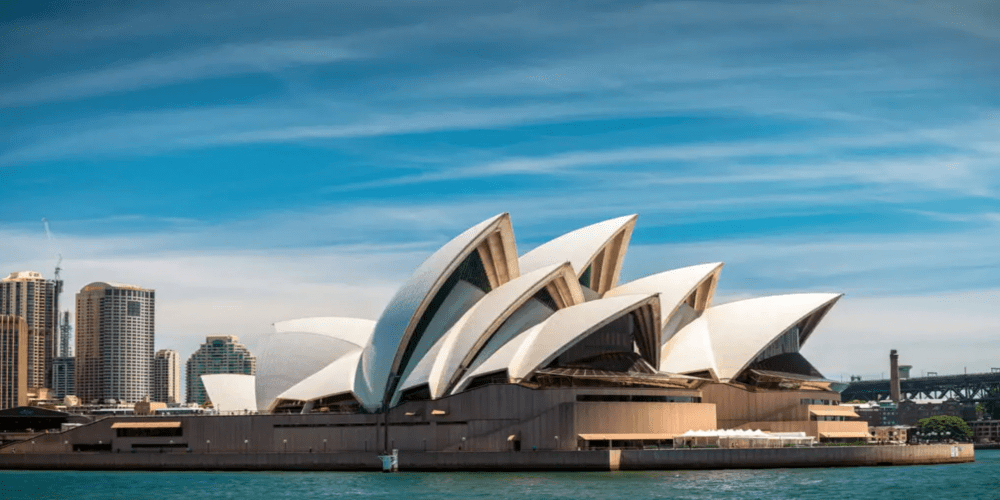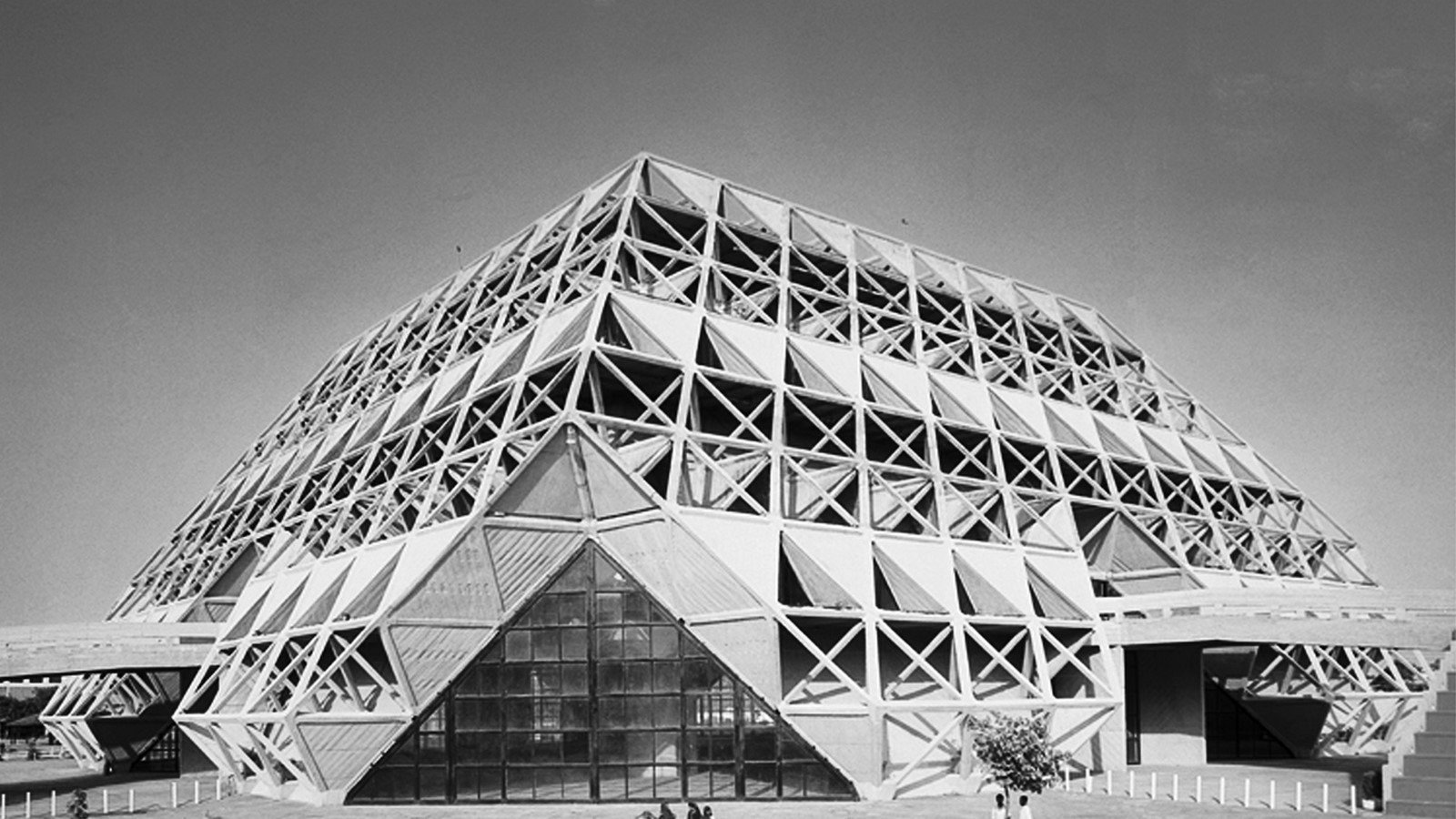The Revival of Art Deco: Evolution, Characteristics, Building Examples
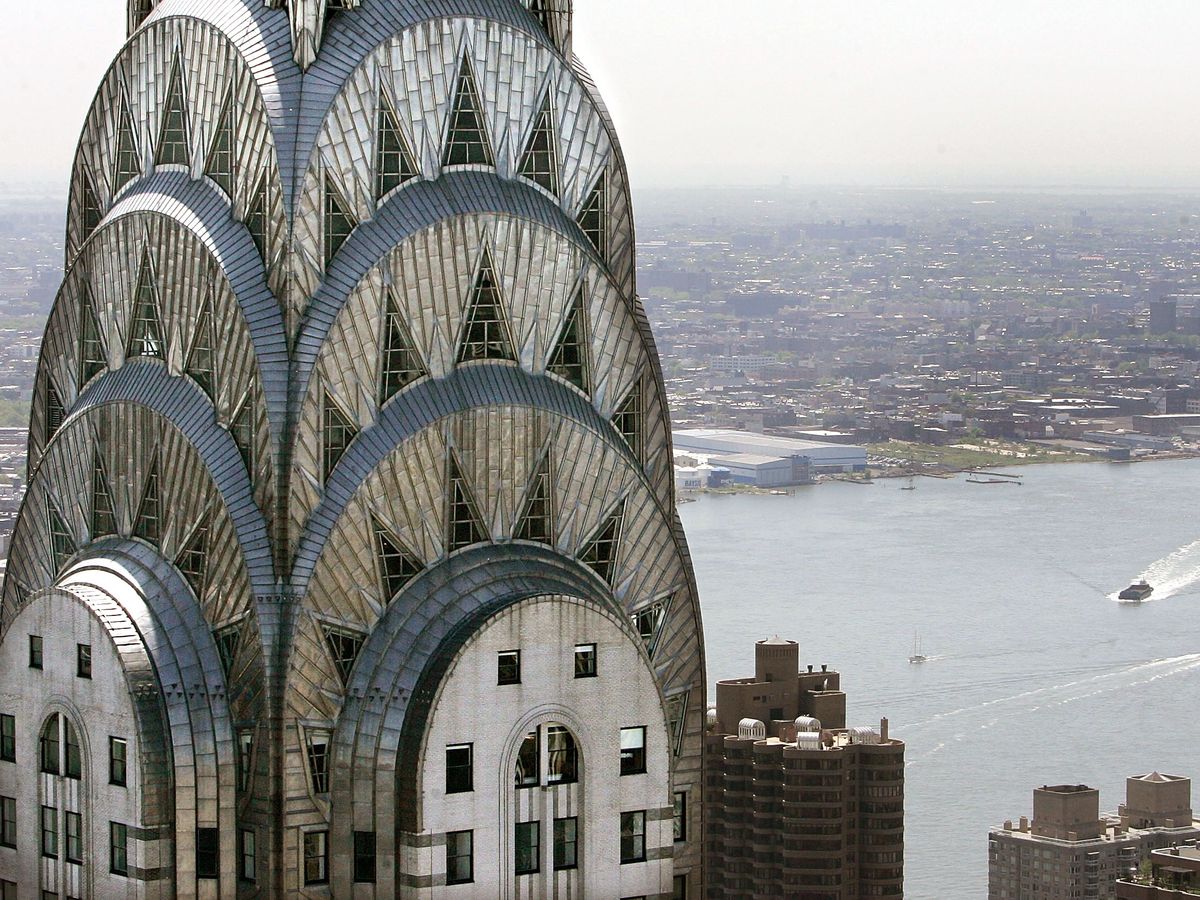
Table of Contents
Characterised by its geometric shapes, bold colours, and symmetry, the Art Deco style architecture first emerged in the 1910s but soon faded away. Now, a century after its decline, the style is gaining popularity, with many prominent firms like BIG and Ilmiodesign using the style as inspiration for their designs.
From the Galeries Lafayette in Paris, to the Paradiso Ibiza Art Hotel in Spain, there are various examples of art deco revival projects worldwide. In this article, we will understand art deco’s through its emergence, decline, and revival, and finally look at some examples of the art deco style architecture .
Understanding Art Deco Architecture

Also Watch: What is Parametric Design in Architecture?
What is Art Deco style Architecture?
Art Deco, short for Arts Décorativs, is a style of visual arts, architecture, and product design that first appeared in France in the 1910s. It is characterised by its bold geometric forms, richness of materials, and futuristic elements. The style was a product of the 1925 International Exhibition of Modern Decorative and Industrial Arts held in Paris. Some early and renowned examples of art deco architecture include the Empire State Building and the Chrysler Building in New York City.
Evolution of Art Deco Architecture
.jpg?width=1500&height=1058&name=Interior%20door%20in%20the%20Chrysler%20Building%20(1930).jpg)
Origin and Decline of Art Deco
The origin of the art deco style architecture happened in the 1910s, when the USA faced heavy sentiments towards immigrants and was emerging from the Spanish Influenza pandemic. The repeating patterns of golden sunbursts and vertical, metallic lines that contrasted against black backdrops represented forward progress. Before the advent of this style, Art Deco design movements were only dedicated to the wealthiest members of society, but when the stock market crashed in 1929, Art Deco Revival objects and furnishings were easily and widely produced with cheaper materials. Although Art Deco is an influential style, its dominance ended with the beginning of World War I in 1939. This was followed by the rise of other styles of modern architecture.
Revival
After a century since the first inception of the art deco movement, architects and designers have started looking at the past for design inspiration, and Art Deco is witnessing a comeback. One reason for Art Deco Revival is the desire for glamour and luxury in design. In a time when modernism looks at minimalism and simplicity, Art Deco offers a return to opulence and extravagance. Let us look at some examples of the Art Deco style architecture.
Also Read: 10 Fascinating Projects Created Using Rhino 3D You Need To Know About
Art Deco Architecture Characteristics
Art Deco architecture and design styles might vary depending upon various factors, but there are some synonymous characteristics parallel with the style of the revival period. This style is prominent as the retro style in today's design fabric.
Some key characteristics that distinguish the Art Deco style architecture include:
1. Geometric Shapes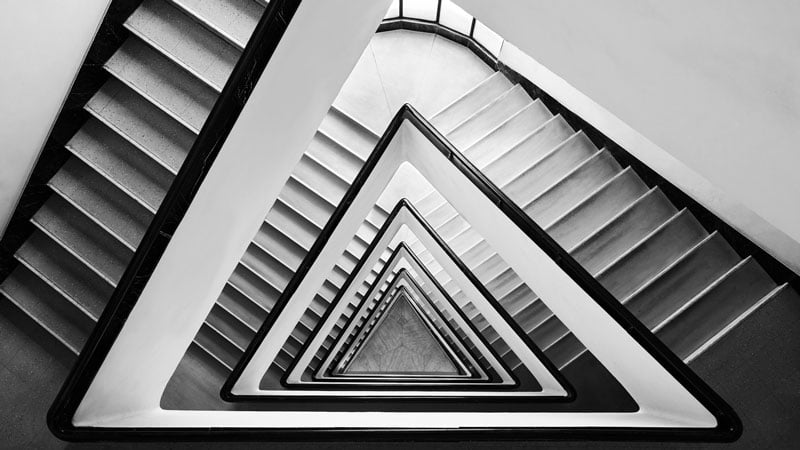
Modernity has always been the principal concern of Art Deco design, and artists and architects typically expressed the concept of “modern” with geometry. These geometric shapes included triangles, circles, squares, and rectangles. These shapes were often used to create bold and dramatic patterns as well as to convey a sense of order, symmetry, and precision.
Also Read: Direct Modelling vs Parametric Modelling: Which is the Better Choice for Designers?
2. Bold colours in Art Deco Architecture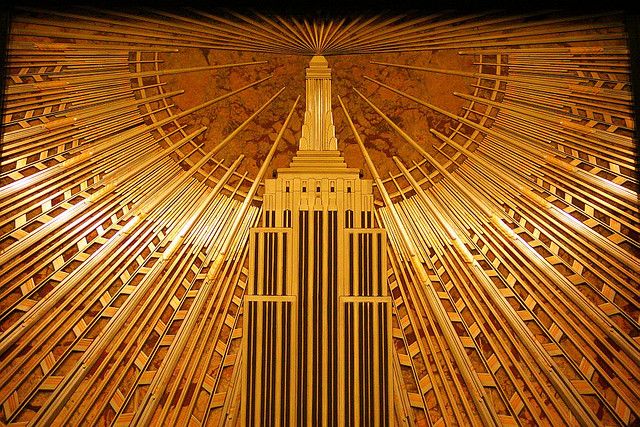
Bright and opulent colours are synonymous with the Art Deco architecture period. Buildings incorporate stark colours like black and white or gold and silver to create contrast. Some of the most famous art deco style architecture examples , such as the Empire State Building in New York City and the Hoover Building in London, feature bold colour schemes and striking contrasts. Prominent use of metals like chrome and stainless steel was also observed along with intricate inlays of precious metals in detailing.
3. Luxurious materials in Art Deco Revival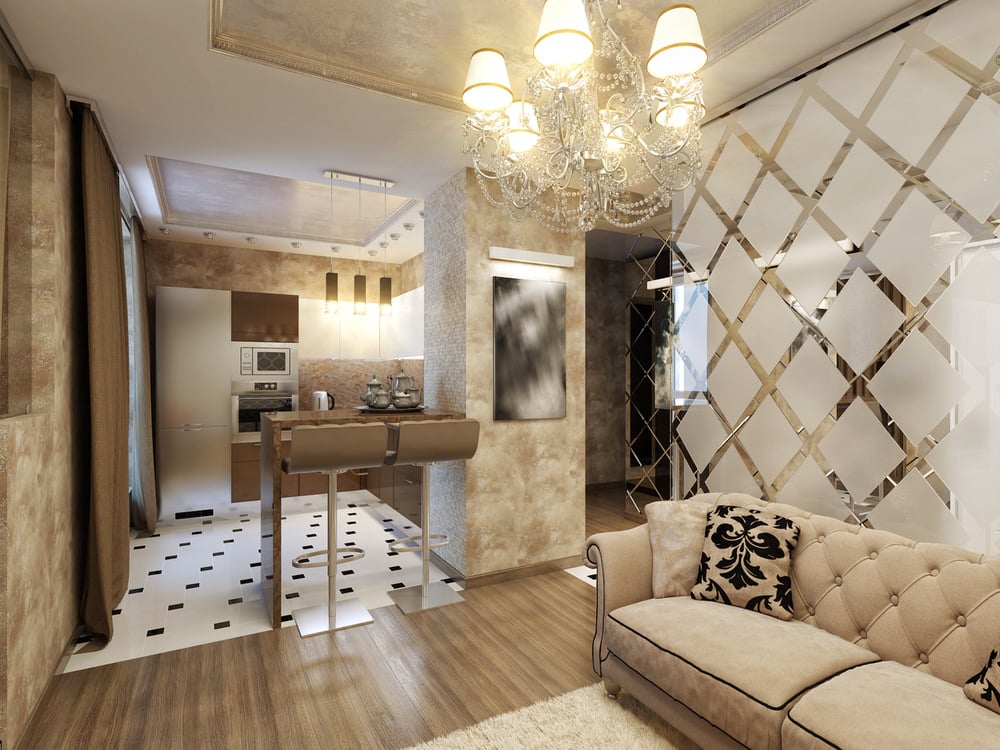
The Art Deco style architecture features luxurious and exotic materials such as ebony, ivory, silk, marble, brass, chrome, and exotic woods. These materials were often used in a lavish and ornate manner and were intended to convey a sense of luxury, sophistication, and elegance.
4. Implementation of modern materials in Art Deco Revival
The architects from the period of the Art Deco revival sought opportunities in novel material development that led to the advancement in structural engineering. A shift towards taller buildings with intricate designs contended to make the best use of modern techniques that emerged while introducing features like plastic, stainless steel, reinforced concrete, plate glass, chrome plating, and mass-produced aluminium.
Examples of Art Deco Revival Projects
During the 1970s, Art Deco Architecture managed to garner interest thanks to the release of the 1974 film The Great Gatsby. In the 1980s, the style also influenced the Italian avant-gardist Memphis Group, which caused another resurgence. Since then, there have been various art deco revival projects; let us have a closer look at them.
1. Galeries Lafayette, Paris
Architects: Georges Chedanne, Ferdinand Chanu
Year: 1912
Presented as one of the most prominent structures in the evolution of departmental stores, Galeries Lafayette has been a medium for expanding businesses. Pinned as one of the largest retail spaces in Europe with a footfall of thousands of visitors daily, people seem fascinated by the gilded ironwork on the projected balconies along with the dome wrapped in stained glass that stretches over 1000m². The vibrancy of the gallery reflects from the dome and the atrium, reminding you of grandeur.
Also Read: Top 7 Design Professions That Use Rhino 3D
2. Paradiso Ibiza Art Hotel, Spain

Architects: Ilmiodesign
Year: 2018
Located in the heart of Spain, the Paradiso Ibiza hotel is a tribute to the art deco architecture movement. The project draws inspiration from two things: Miami Beach, identified as pastel colours that blend with urban art, and the style of the group of Italian architects of the 1970s, Archizoom. Each of the 60 rooms of the hotel features a different theme inspired by the works of famous artists such as Roy Lichtenstein and Keith Haring. The hotel features bold colours, such as a striking black and white lobby and bright pink and blue lounges in the pool area.
3. Pine Ave Housing, Melbourne

Architects: Cera Stribley Architects and The Stella Collective
Year: 2018
Cera Stribley Architects designed a series of eight, three storeyed townhouses in Melbourne in the Art Deco style architecture called Pine Ave. The building's design is intended to combine the suburb's beachside and art-deco architecture elements. The exterior of this Art Deco building features curving white brickwork and industrial metal cladding in a charcoal finish. The exterior curves are further continued inside through custom joinery, such as a dining table with integrated storage, a feature mirror, and a chef's caddy made with brass and black steel.
Also Read: How is Parametric Architecture Used in Biomimicry?
In Conclusion
The Art Deco revival in recent years is a testament to its enduring popularity and timeless appeal. This architectural and art style, characterised by bold geometric shapes, luxurious materials, and intricate details, has re-emerged as a powerful aesthetic force. Moving forward, we are looking at more masterpieces from the books of art deco revival.
That’s it! Make sure to check out our Resources page for more informative reads.

 Thanks for connecting!
Thanks for connecting!



.png)


